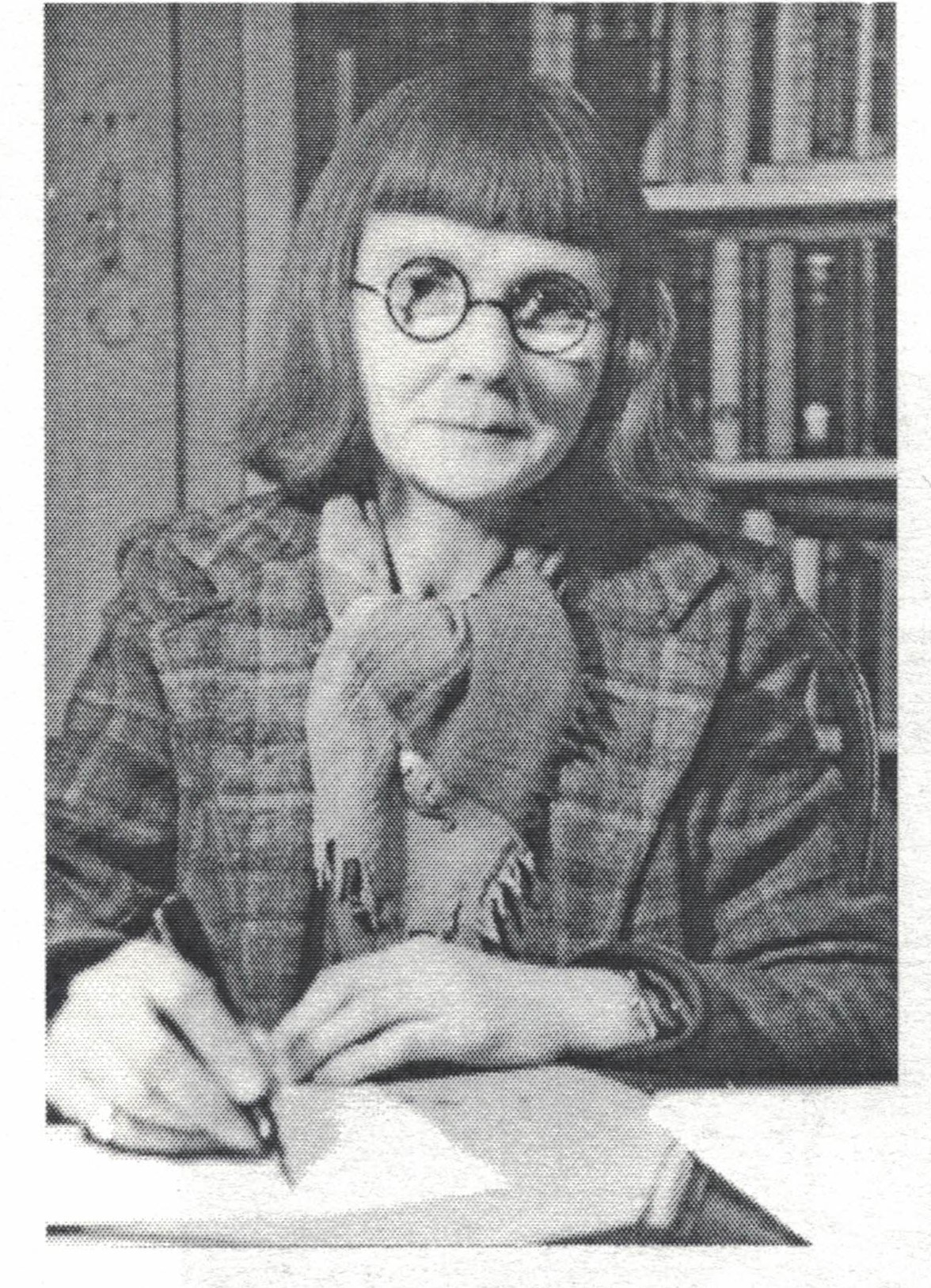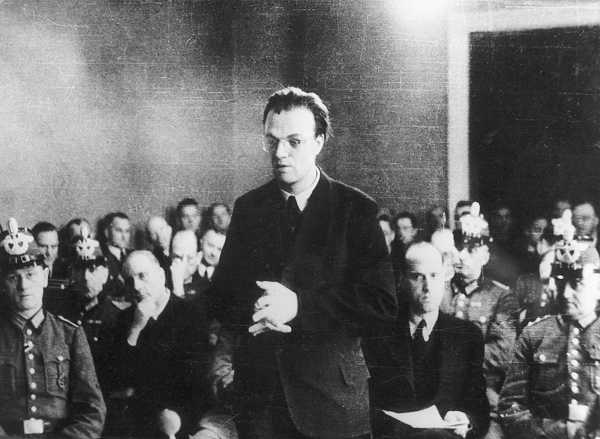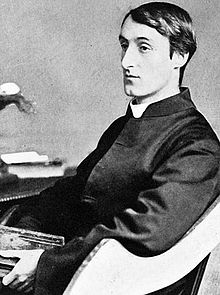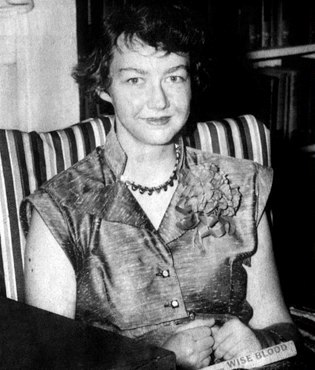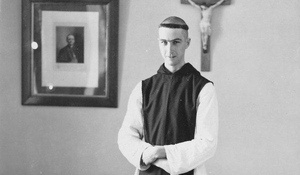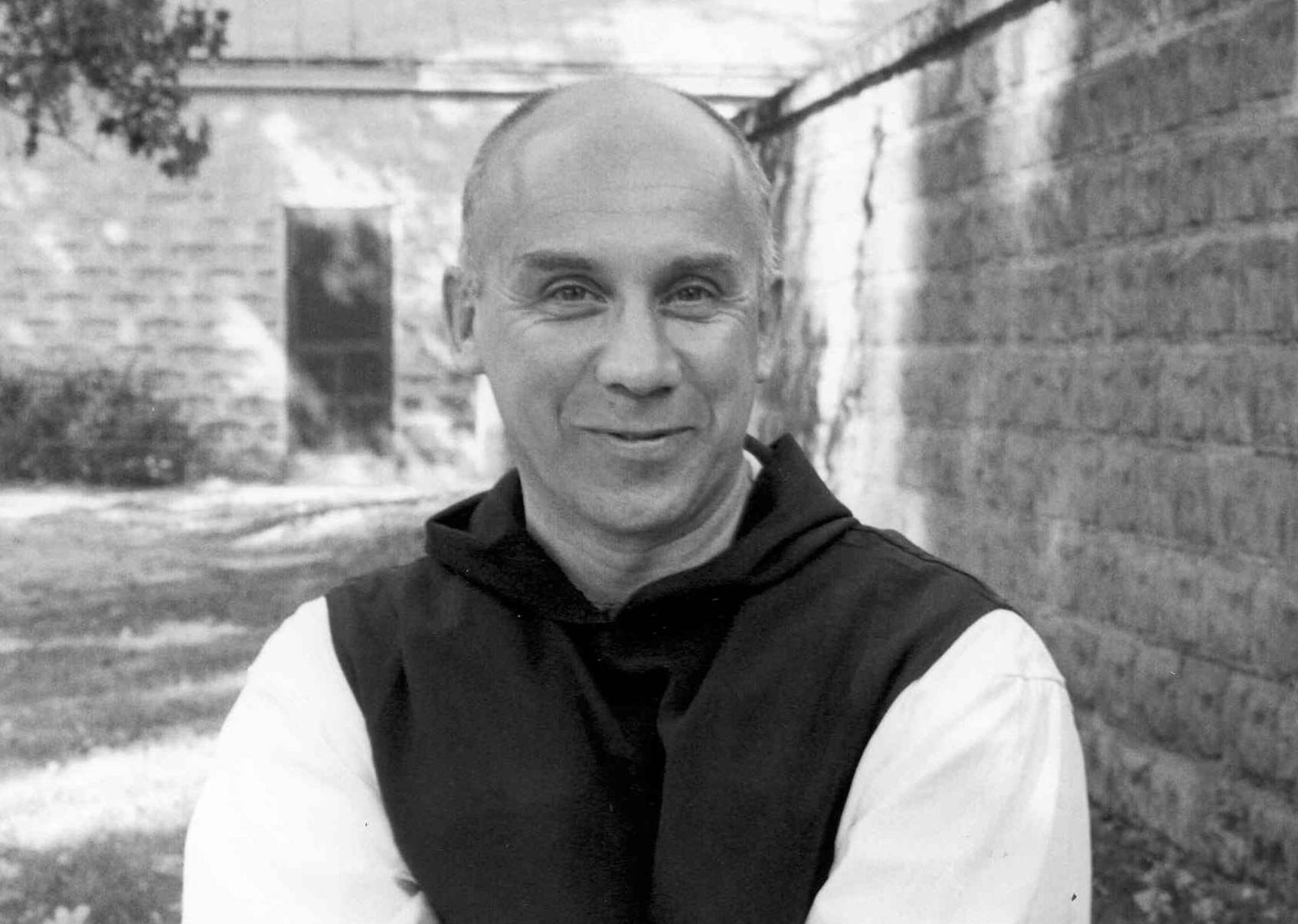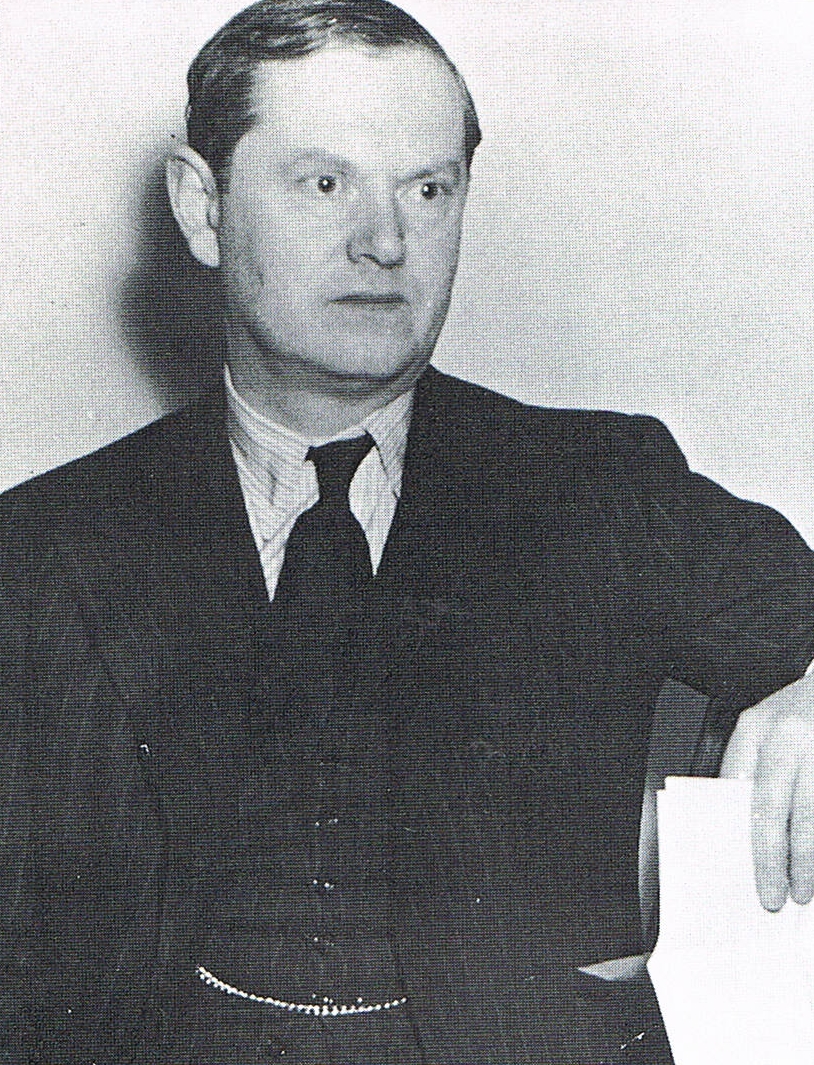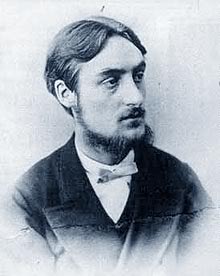21 Jul Caryll Houselander Part I
When the English writer and artist Caryll Houselander was thirteen years of age, she had an experience that brought her face to face with the suffering of the world. The year was late 1914 or early 1915, and Caryll was a boarder at a convent school on the outskirts of Birmingham. Britain had declared war against Germany only a few months earlier, and anti-German fever ran high. Among the nuns at...



